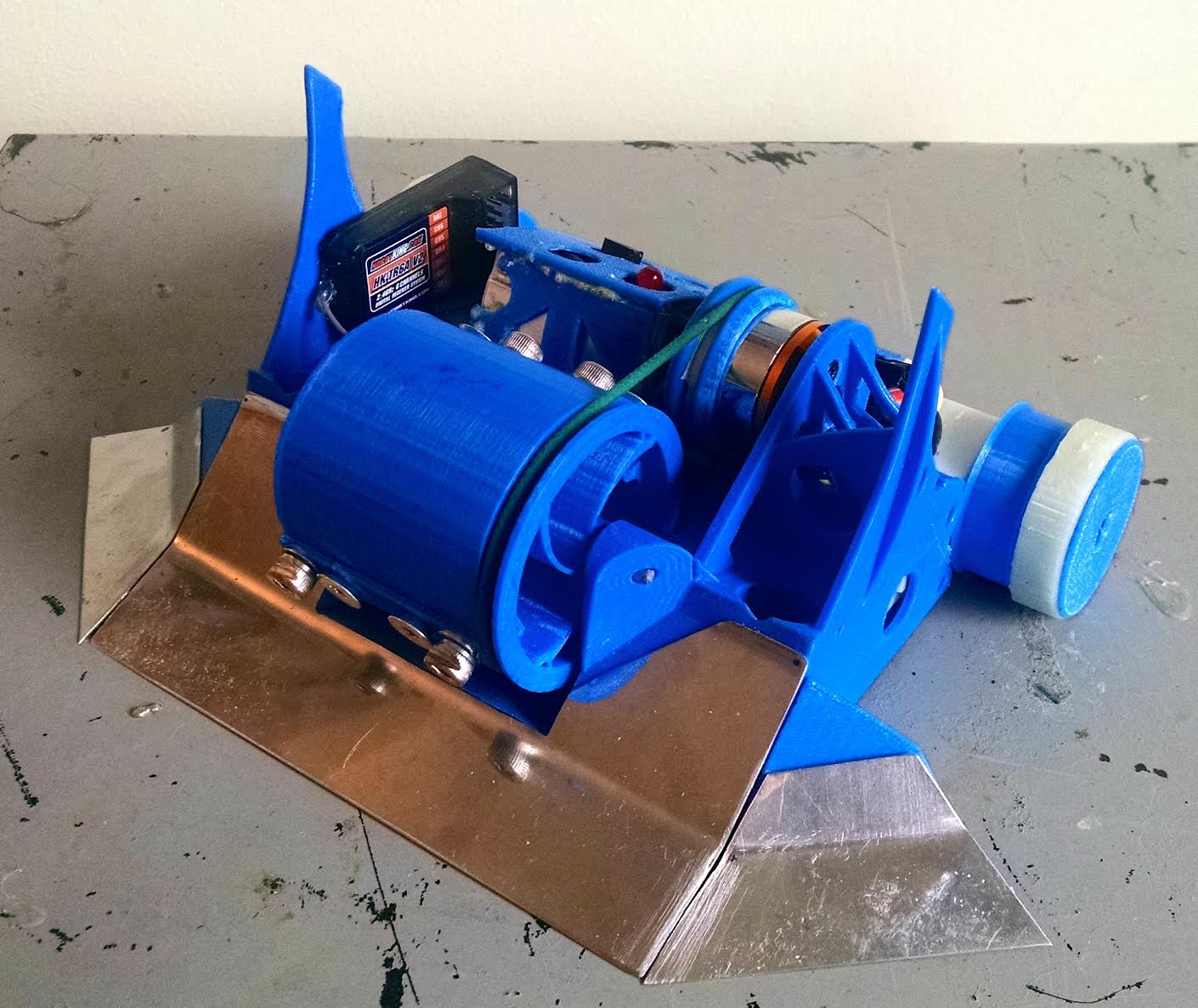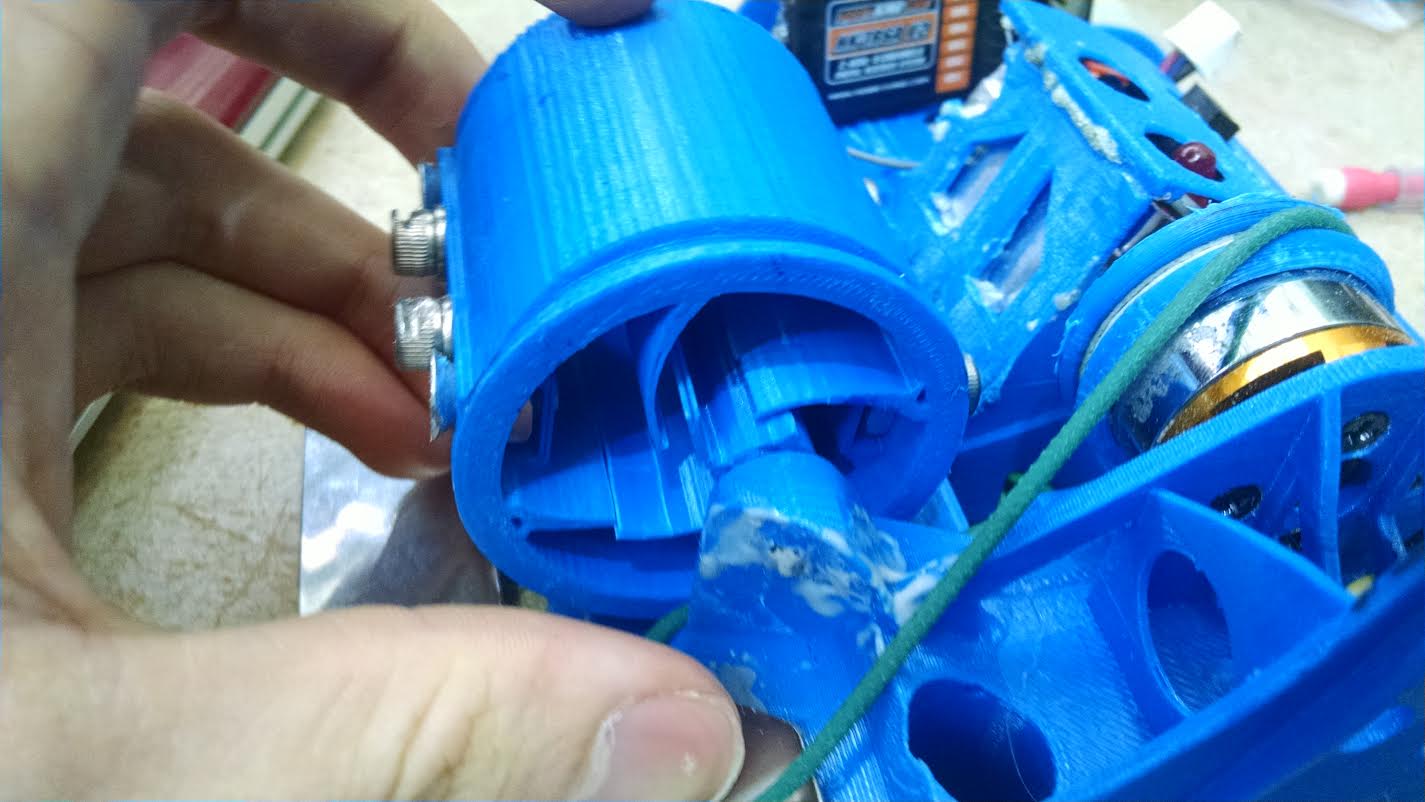Carter Hurd is on the way to earning a degree in mechanical engineering at Ohio State University, where he’s a teaching assistant for the Fundamentals of Engineering Honors program. He works with robots in the Design Innovation and Simulation Lab, and he’s also working for Eaton designing and testing mechanisms for electrical-sector products.
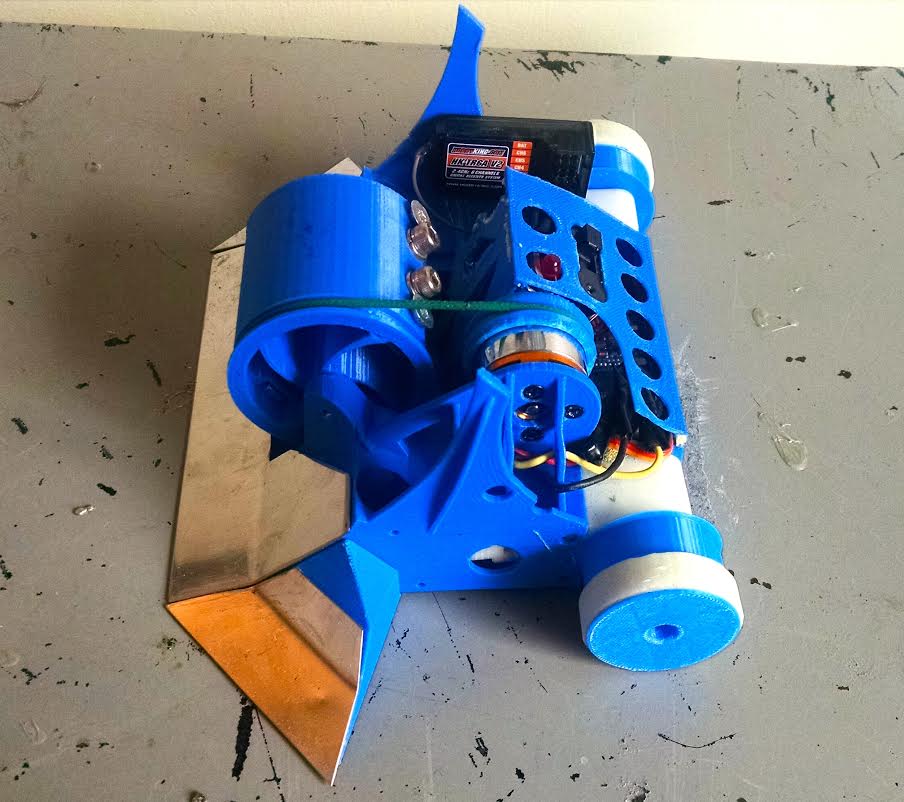 But it’s his experience with the various methods of additive manufacturing that led him to build a Battlebot with 3D printing.
But it’s his experience with the various methods of additive manufacturing that led him to build a Battlebot with 3D printing.
“Throughout middle school I continued tinkering and got into art, but when high school rolled around I had a new motivator: winning,” Hurd says. “The National Robotic Challenge became my outlet, and I worked for hours hand shaping and testing different components. Most of the time the only way to succeed with a smaller budget and limited tools was to have the most clever design. “
Hurd has won multiple awards, serves as a mentor for FIRST Robotics team 4611, and invented a robot accessory wheel that helps robots navigate varying terrains, and it was his first 3D printed project.
“When I came to college, the first thing I tried to do was find a lab that I could work in,” Hurd told 3DPrint.com. “Before, I had never seen a 3D printer, but at college basically every lab has their own MakerBot. It has really changed my work process.”
So with that experience behind him, Hurd decided to take on a three-week long challenge to build a Battlebot for competition.
Robot combat is a hobby in which two or more custom-built machines are designed and built to destroy or disable their opponent. Most of the machines are remote-controlled and robot combat has a dedicated following. The robots themselves can weigh in at up to 300+ pounds and feature exotic materials and sophisticated electronic designs.
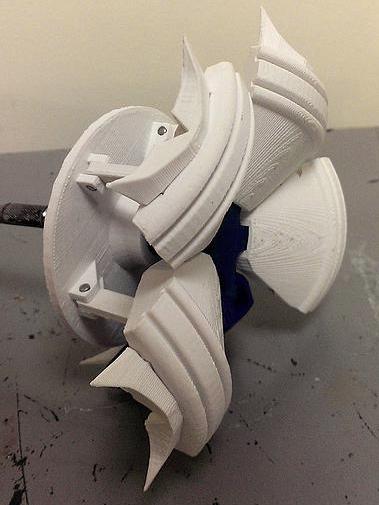 The Battlebots can weigh as little as the 75 gram ‘Fleaweight’ class models, but Hurd decided his 3D printed entry would be in the 1 pound – or 454 gram – ‘Antweight’ class.
The Battlebots can weigh as little as the 75 gram ‘Fleaweight’ class models, but Hurd decided his 3D printed entry would be in the 1 pound – or 454 gram – ‘Antweight’ class.
Robot fighting can be a violent pastime, and fights are held within an arena constructed of steel, wood, and bulletproof, clear Lexan plastic.
Hurd wanted to test how a Battlebot built from a standard ABS plastice and 3D printed would fare against machines which featured other construction methods and materials, and you can see the results in the video below.
“The competition proved that a 3D printed weapon and weapon mounts aren’t great,” Hurd tells us. “My parts shattered in situations where many metals would have bent. The other 3D printed robot at the competition used acetone to melt the surface in an attempt to increase the strength, but his parts ended up fracturing too. In the end I think 3D printed parts are great for motor mounts and stuff, but not anything on a combat robot that will have to endure large shocks, such as weapon mounts.”
If you want to check out Hurd’s other projects, you can find them at his Altapowderdog YouTube Channel or his website, Bots From Scratch. What do you think about Carter Hurd’s 3D printed battlebot? Can you think of ways it could have fared better in competition? Let us know in the 3D Printed Battlebot forum thread on 3DPB.com.
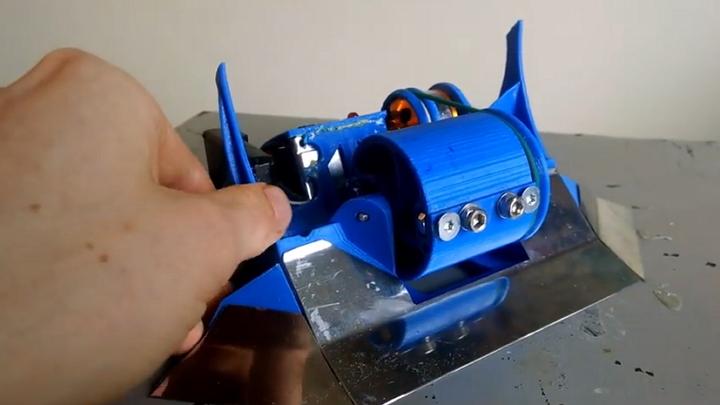
Subscribe to Our Email Newsletter
Stay up-to-date on all the latest news from the 3D printing industry and receive information and offers from third party vendors.
You May Also Like
Gorilla Sports GE’s First 3D Printed Titanium Cast
How do you help a gorilla with a broken arm? Sounds like the start of a bad joke a zookeeper might tell, but it’s an actual dilemma recently faced by...
Nylon 3D Printed Parts Made More Functional with Coatings & Colors
Parts 3D printed from polyamide (PA, Nylon) 12 using powder bed fusion (PBF) are a mainstay in the additive manufacturing (AM) industry. While post-finishing processes have improved the porosity of...
$25M to Back Sintavia’s Largest Expansion of Metal 3D Printing Capacity Since 2019
Sintavia, the digital manufacturing company specializing in mission-critical parts for strategic sectors, announced a $25 million investment to increase its production capacity, the largest expansion to its operations since 2019....
Velo3D Initiates Public Offering in a Bid to Strengthen Financial Foundations and Drive Future Growth
Velo3D (NYSE: VLD) has been among a number of publicly traded 3D printing firms that have attempted to weather the current macroeconomic climate. After posting a challenging financial report for 2023,...



